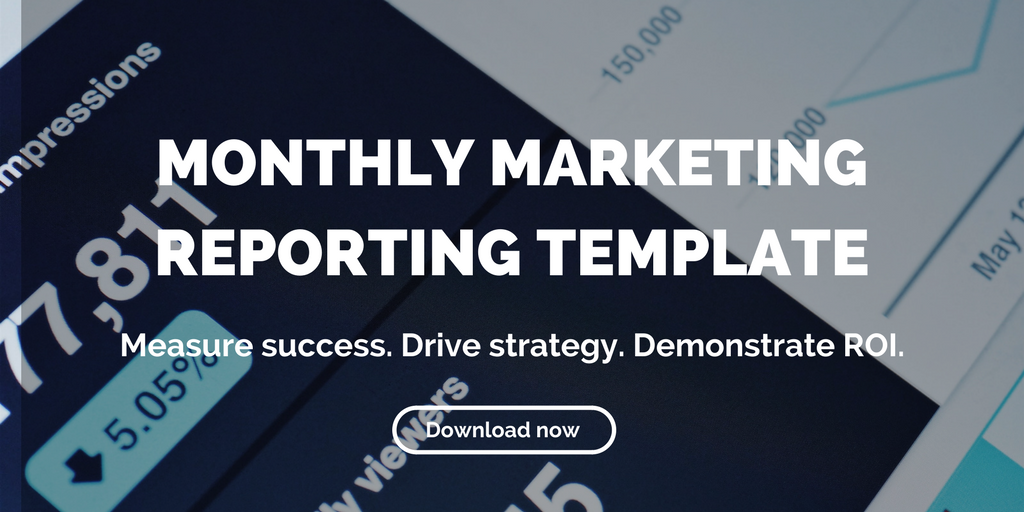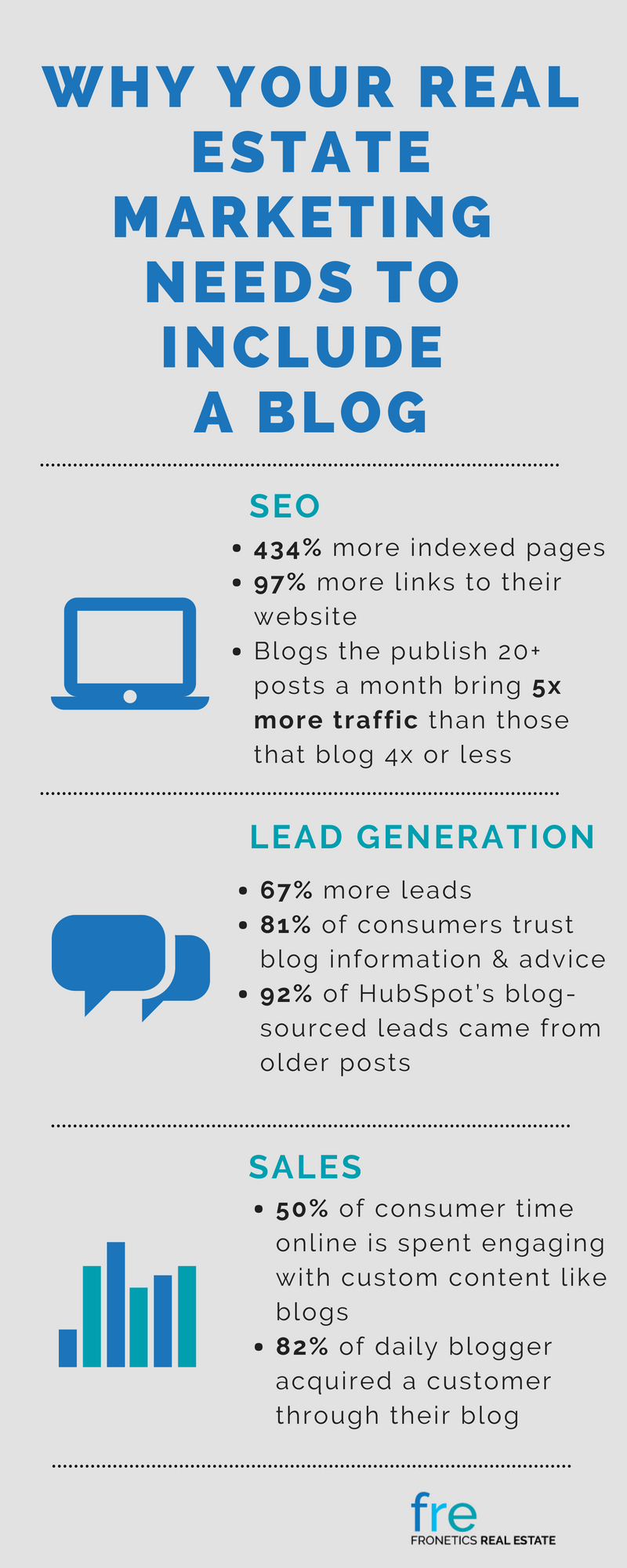Archive for Elizabeth Hines

4 Things to Do in Light of Facebook News Feed Changes
As users will see less content from businesses, brands, and media, you need to adjust your strategy to appear on your followers’ Facebook News Feed.
Mark Zuckerberg once again rocked the world on Jan. 11 — at least for businesses — when he announced that the Facebook News Feed was evolving to include less public content, meaning content from Pages of businesses, brands, and media. The algorithm will now prioritize posts from friends and family (over public posts) and those that “spark conversations and meaningful interactions between people.”
Not surprisingly, businesses balked at the thought of seeing their organic reach, video watch time, and referral traffic take a nose dive.
The fact is, this is not a huge surprise. Facebook has long been taking steps in this direction, including the testing of Explore Feed last year. Even though you may have anticipated that some changes to Facebook for businesses were coming, you may be tempted to suddenly stop maintaining your Facebook Page. Is it worth posting content to Facebook if it is not going to reach your followers after these new changes?
Our answer: Facebook is still worthwhile for your properties. But Facebook’s recent changes do merit your close attention to — and perhaps a revisiting of — your Facebook strategy. We’ve compiled a list of things you need to know/do in light of the new changes to Facebook News Feed. Take a look:
1. Focus on news-worthy Facebook News Feed content that drives engagement.
Zuckerberg says, “I’m changing the goal I give our product teams from focusing on helping you find relevant content to helping you have more meaningful social interactions.” That means that engagement will now mean more than ever before for content visibility.
In other words, posting your blog content to Facebook is no longer going to cut it. If your posts don’t garner comments or reactions, it’s time to go back to the drawing board. You’ll need to start thinking of Facebook as a place to post and discuss active news items, hot-button issues, and highly shareable content (content that is educational or entertaining, for example).
Scheduling multiple posts ahead of time, though convenient, will probably land your content further into the depths of oblivion. You’re going to have to pay attention, actively seek to generate conversation between users with your posts, and fight to win space on your followers’ feeds.
2. Tell your community to access the See First feature.
Users who still want to see posts from certain Pages they follow can choose “See First” in News Feed Preferences. So, quite simply, we suggest asking your followers to choose to see your content.
While some proactive followers may do this on their own, we encourage you to explicitly remind your community to do this. Remember that people are most likely to do what you want them to when you make it easy, exact, and clear. So, send them an email with directions. Or put it in your newsletter or a blog post. Just tell them to do it.
One thing you don’t want to do: goad people into commenting on your posts to increase your content visibility. Facebook has explicitly stated that it will demote “engagement bait,” or posts that ask for comments or reactions. You will actually hurt your content and properties by doing this.
3. Get your executives and agents on social media.
Your executives and agents can act as brand ambassadors for your business and properties on social media, and Facebook’s latest announcement underscores the importance of them doing so.
Your company’s executives and agents are the most visible people in your business. For many of your industry peers and buyers, they are the face of your brand and properties. Get them active on Facebook to add meaningful thoughts to your company’s posted content, to engage in discussions, and to share newsworthy content of their own.
It’s important to note they should not do this in a superficial way. Rather, they should actively seek to add value to your Facebook content. By engaging on Facebook, your people emerge as thought leaders, which boosts your brand’s visibility and reputation.
4. Consider your ad budget.
In the past, we have recommended adding some social media advertising to a traditional content marketing strategy as a way for clients to boost their efforts. It speeds things up. But those companies that are just starting out or that rely heavily on referral traffic might want to consider reallocating budget to sponsored ads.
Final thoughts on the new Facebook News Feed
This is a shift, yes. A challenge, for sure. But not one that’s insurmountable — or even contrary to the basic principles of good, data-driven content marketing.
Remember, Facebook is not eliminating Page content from News Feed altogether — just limiting it. The most relevant, engaging Page content will win that space. So, seek to understand your target audience and produce high-quality, original content that engages those people, and you’ll come out on top of the new Facebook News Feed.
Related posts:
- 10 Social Media Statistics for Real Estate Marketers 2018
- Infographic: Real Estate Marketing Trends 2018
- How to Measure Social Media ROI with Google Analytics for Real Estate
Archive for Elizabeth Hines

How Inbound Marketing for Real Estate Works to Improve Sales
Increasingly, marketers are realizing the benefits of inbound marketing for real estate over outbound marketing, including cost savings and increased lead generation.
Marketers are constantly coming up with new and trendy ways to attract leads. With endless platforms available to us, it can be overwhelming for even the most seasoned marketers to know where they need to focus their efforts.
But what exactly does inbound marketing for real estate entail?
In order to find the right solutions for your real estate marketing needs, you first have to understand the difference between inbound and outbound marketing. And more importantly, how they can help — or hinder — your marketing efforts.
This is outbound marketing
Outbound marketing describes any marketing approach that pushes a message onto a buyer or renter. Traditional marketing — TV and radio ads, telemarketing, banner and display ads — are all examples of outbound marketing.
Another name for this marketing tactic is interruption marketing, as it typically tries to take “attention away from what your buyer is doing and bring it, forcibly, on to your product or service.”
This is inbound marketing
Inbound marketing focuses on audiences finding you. Instead of pushing a message onto buyers, inbound marketing allows you to establish your brand as an industry leader and let interested audiences come to you and your properties. This type of marketing attempts to draw in leads through interesting and engaging content.
Content marketing is a type of inbound marketing. Examples include blog posts, social media, infographics, white papers, and videos. Inbound marketing for real estate, for instance, could include blog posts that talk up the neighborhood in which your property is located, infographics that explain the purchasing process, or a white paper on how to search for an apartment.
Why is inbound marketing for real estate a good fit?
Outbound marketing used to be the “go-to” for generating leads, but this is simply no longer the case. Marketers across industries have found that inbound marketing has many advantages over traditional marketing practices. In fact, almost three quarters (68%) of inbound organizations believe their marketing strategy is effective, while more than half (52%) of outbound marketers don’t believe their strategy is effective.
According to Placester’s Matthew Bushery, “inbound is all about enticing the right buyers and/or sellers through sharing materials and resources that make them want to engage with you, rather than figuratively shoving your self-promotional messaging down their throats with over-the-top, aggressive, and — most importantly — wasteful marketing schemes.”
That’s why we think inbound marketing for real estate is better for marketers than outbound marketing.
Related posts:
- Infographic: Statistics that Prove Why Your Real Estate Marketing Needs to Include a Blog
- Content Marketing vs. Sales Staff: Who Does What?
- Our 6 Favorite Marketing Automation Tools for Real Estate Marketers
Archive for Elizabeth Hines

What You Should Know About Real Estate Chatbots: An Introduction
To reach your future customers, don’t ignore the significance of real estate chatbots in shaping the content marketing landscape.
Chatbots are the latest trend in artificial intelligence for marketers, and the real estate sector should be taking note.
Real estate chatbots can help automate and improve some of your marketing and customer service efforts. But to get the most out of these automated systems, you first need to understand what they are and how they work.
What is a chatbot?
A chatbot is a computer program that simulates human conversation using auditory or textual methods. Basically, it’s a software that communicates with your customer inside a messaging app, like Facebook Messenger. Chatbots are similar to email marketing, but rather than ending up in your inbox, they communicate through a messaging app.
Real estate chatbots are typically used to converse with potential clients at the very top of the funnel — people you don’t know, and who might or might not be ready to move on to the next stage of the process.
Why are chatbots so popular?
As our mobile devices continue to change the way buyers receive and interact with our brands and properties, messaging-app usage has skyrocketed. In fact, 2017 saw a 69% increase in messaging-app users from the previous year. Business Insider reports the number of people on messaging apps surpassed the number of users on social networks. From iMessage to Facebook Messenger, mobile users are leaning more toward this newer technology to communicate with friends and family.
Why the big drop for email? Because people are buried in emails. For example, the average office employee receives 121 emails per day. Of those 121 emails, only around 20% are opened — and click-through rates are even lower. More and more companies have stuffed inboxes with repeated emails. Over-communication is the number one reason that readers unsubscribe to your email list. Chatbots have alleviated the inbox drama.
How can a real estate chatbot help my business?
Quality messaging without the spam
Real estate chatbots take the spam out of email marketing. When companies market on a messaging app, they create an easier way for leads to receive educational messages about their brand and properties. Chatbots are an easy and fun way for potential buyers and renters to engage with your brand, getting answers to their questions and quality messaging about your products and services.
Ease of tracking and segmenting
Your brand will also appreciate the ease of tracking and segmenting your leads through chatbots. Take Facebook Messenger for example; using messenger bots, you can identify who your potential buyers and renters are in less than a minute. No other platform (email, social media) can get you that information as quickly or efficiently.
Increased audience engagement
Getting your audience to subscribe to your real estate chatbots is much easier than email subscriptions. Why? The ease of usage and lack of friction on messaging apps creates a more positive customer experience. Businesses can set up chatbots to message any user who comments on your social media pages. They can retarget people who have left your site, offering special discounts or promotions on your properties. And chatbots can also nurture the sales process by notifying you of potential customers that request a specific action during their interaction with your chatbot.
How do I create a chatbot?
There are plenty of chatbot-building platforms available online. Before you pick a platform, make sure you do your research. Here are three of our favorite chatbot-building platforms.
1. Chatfuel
This chatbot engine will do most of the hard work for you, ideal for those lacking programming experience. MTV, TechCrunch, BuzzFeed, British Airways, and Adidas are said to have used Chatfuel to create their chatbots, along with almost 20,000 other users across the globe. The user interface is easy and slick, meaning you could create a chatbot in less than 15 minutes!
2. Chatscript
Launched back in 2011, ChatScript is a “next generation chatbot engine,” which has won the Loebner Prize (awarded for the most human-like examples of artificial intelligence) four times. It provides an open source framework for developers to build and deploy chatbots.
3. Facebook ‘Bots for Messenger’
At its F8 developer conference in April, Facebook launched Bots for Messenger, a tool which allows developers and businesses to build chatbots for its Messenger platform (which is used by almost a billion people). Developers build bots, submit them for review, and then Facebook decides which ones get onto Messenger. The three main capabilities are its send/receive API, generic message templates, and the ability to customize the welcome screen users first see when interacting with your bot.
Messaging automation is the new email automation. Brands will be looking to join the chatbot craze for the ease, convenience, and the positive audience experience. Have you tried a chatbot program yet? We’d love to hear from you about your experience.
Related posts:
- 10 Social Media Statistics for Real Estate Marketers 2018
- Social Media Trends for 2018 Real Estate Marketers Need to Know
- 10 Must-Follow Blogs for Real Estate Marketers
Archive for Elizabeth Hines

Infographic: Statistics that Prove Why Your Real Estate Marketing Needs to Include a Blog
If you’re a real estate marketer who’s not blogging, you’re missing out.
Everyone knows you need a property website to succeed in this industry. But when it comes to making that website competitive, many abandon the brightest idea that would help them in doing so — namely, blogging.
Real estate blogging does its bit for lead generation, SEO, and sales. So if you think your property can thrive without it, you might want to think again.
Search engine visibility
As search engine algorithms get increasingly complex and sophisticated, the quality of your website’s content becomes more and more important. It’s your content that informs search engines about your site (not just keywords anymore), improving your rank in relevant search queries. And the stats bear it out — according to HubSpot, companies that blog receive 434% more indexed pages on average and 97% more links to their website.
Another fact to consider: according to a recent study by Search Metrics, the average word count of the highest ranking content in Google is between 1,140-1,285 words. In other words, long-form content, like blog posts, is one of the best things you can do to improve your website’s SEO.
But don’t be fooled into thinking that quantity outranks quality. Simply pumping out a high word count isn’t enough. Your content needs to be well-written, thoroughly researched, and engaging.
Lead generation
Blog content is ideal to share (and link to) in email or social media marketing campaigns. It can help undecided leads learn about your properties and sway them in a positive direction. Sharing your blog posts on your social media accounts helps give validity and authority to your company, as you disseminate content you created yourself.
A recent study from the Content Marketing Institute found that 67% more leads are generated by companies with an active blog. Not only that, 81% of U.S. online consumers trust information and advice from blogs. So your blog is your best bet in terms of becoming a trusted resource for your audience — leading directly to more effective lead generation and nurturing.
Sales and relationships
61% of buyers report feeling better about a company that delivers custom content and are therefore more likely to buy from that company. And furthermore, HubSpot reports that 50% of consumer time online is spent engaging with custom content — like blogs. And perhaps most powerfully, 82% of marketers who blog daily acquired a customer using their blog, as opposed to 57% of marketers who blog monthly. Blogging helps you sell real estate, and it helps you build lasting and fruitful relationships with your audience.
Check out our infographic for statistics on why your real estate marketing strategy should include blogging.
Infographic: Why your real estate marketing should include a blog
Related posts:
- 4 Ways a Blog Can Help You Sell Real Estate
- Drive More Traffic and Generate More Leads with Your Real Estate Blog with our Editorial Calendar Template
- Fronetics Real Estate Blog Named Top 60 Real Estate Marketing Blog
Archive for Elizabeth Hines

July 6 is One of the Busiest Days of the Year for Real Estate Searches
Real estate searches peak after holidays, and July 6 is one of the biggest peaks of the year. Are you ready to make the most of it?
If you’re a real estate marketing professional who puts your feet up after the holidays — it’s time to reconsider your strategy. Unlike the post-holiday retail lull, real estate searches actually pick up as potential buyers use their downtime to go online to consider real estate investment.
Now is your chance to capture those leads.
Here’s how to take advantage of the post-Fourth of July uptick in real estate searches.
Publish blog posts on a normal schedule
We all know that blogging can help you sell real estate in all kinds of ways — from increasing search visibility to nurturing leads. But did you realize blog posts are the gifts that keep on giving? The majority of traffic will visit your posts months after they’re published. We’ve found that 80% of our page views occur on blog posts published at least six months prior. Bear that in mind when you’re creating your editorial calendar: to capture future searches, the six-month mark can be a great time to write about trends or happenings in the coming year.
Search engines reward consistency and predictability in your publishing schedule. So, keep your normal frequency throughout the year, and it will help your rankings during high-traffic times.
Be strategic about social media to capitalize on real estate searches
Social media management can be an extremely time-consuming task, so dialing back your posting on the days when you know that prospects won’t be spending time online can help you conserve resources for the high-traffic days. July 6 is definitely a day when you should maximize your social media output, both in terms of frequency and quality. This doesn’t mean posting constantly, but it does mean it’s a great time to unveil new content, post interesting statistics, and interact with your followers. Chances are, many of your competitors will be shut down for the holiday, and your posts will be front and center in your prospects’ newsfeeds.
Be strategic about digital advertising
The same goes for digital advertising. Knowing that July 6 is a big day for real estate searches, you should budget your pay-per-click and social advertising dollars to spend more on this day. It’s a good time to focus particularly on your Google AdWords spend, as that will capture prospects using search engines to find information about potential real estate investments — as opposed to sponsored social posts, which display your ads in the newsfeed of a prospect who may or may not be ready to buy.
Post-holiday real estate searches present a big opportunity. Seize it.
Related posts:



